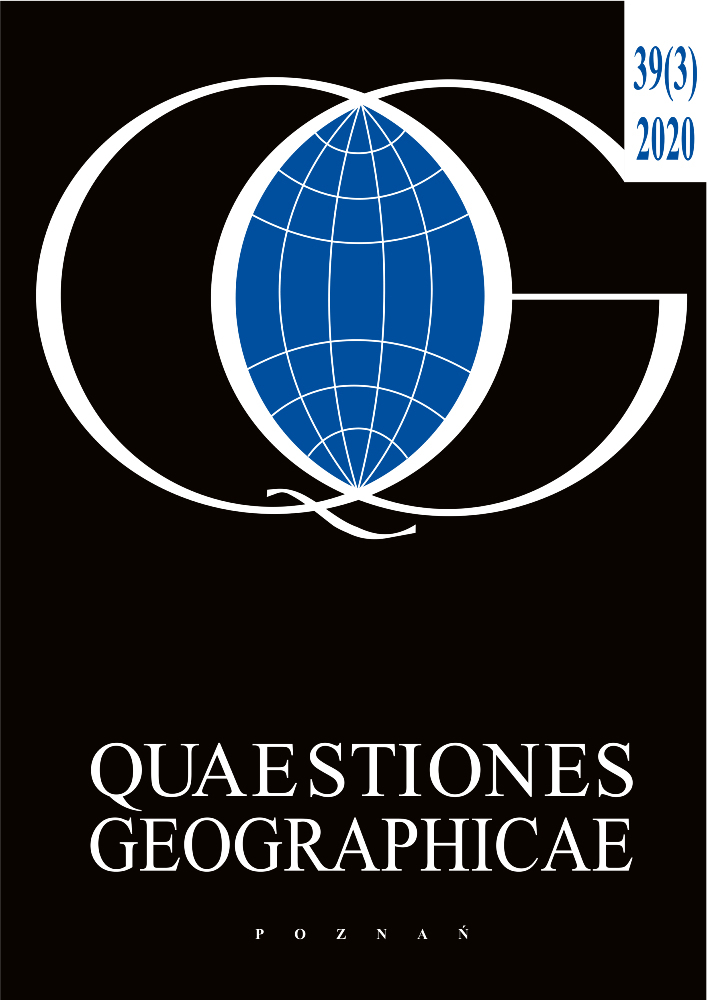Abstract
Iran, being located in arid and semi-arid regions, faces an increase in human demand for water, and the global climate change has led to the excessive use of groundwater. China, India and Iran were ranked from first to third, respectively, in excessive groundwater consumption in 2005. The effects of effective parameters on groundwater recharge such as precipitation, surface recharge and well water harvesting in the Karvan aquifer are assessed. Groundwater flow models have typically been and are being adopted since the beginning of this millennium to better manage groundwater resources. The decrease in groundwater level and the potential environmental hazards thereof have made the researchers here to apply the Groundwater Modelling System (GMS software) in 3D in the subject area. This modelling is calibrated and validated for 86 months at steady and unsteady states. In this study, six scenarios are defined as both an increase and a decrease of 30% in precipitation, both an increase and a decrease of 30% in surface recharge, an increase of 10% in well water harvesting and a decrease of 30% in well water harvesting. The best scenario is selected for the subject area water management.
References
Abraham M., Mohan S., 2019. Effective of check dam and percolation pond with percolation wells for artificial groundwater recharge using groundwater models. Water Supply 19(7): 2107–2115.
Ghazavi R., Ebrahimi H., 2019. Predicting the impacts of climate change on groundwater recharge in an arid environment using modeling approach. International Journal of Climate Change Strategies and Management 11(1): 219– 224. DOI 10.1108/IJCCSM-04-2017-0085.
Gumuła-Kawęcka A., Szymkiewicz A., Angulo-Jaramillo R., Šimůnek J., Jaworska-Szulc B., Pruszkowska-Caceres M., Gorczewska-Langner W., Leterme B., Jacques D., 2017. Numerical simulation of infiltration and groundwater recharge using the Hydrus for Modflow package and the BEST model of soil hydraulic properties. Geophysical Research Abstracts 19 EGU2017-1514.
Hashemi H., Berndtsson R., Kompani-Zare M., Persson M., 2013. Natural vs. artificial groundwater recharge, quantification through inverse modeling. Hydrology and Earth System Sciences 17: 637–650. DOI 10.5194/hess-17-637- 2013.
Khedri S.F.R., Pande Ch., 2016. Ground water flow modelling for calibrating steady state using MODFLOW software: A case study of Mahesh River basin, India. Mod elling Earth Systems and Environment 2: 39. DOI 10.1007/ s40808-015-0049-7.
Mentaschi L., Besio G., Cassola F., Mazzino A., 2013. Why NRMSE is not completely reliable for forecast/hindcast model test performances. Geophysical Research Abstracts 15 EGU2013-7059.
Qiu S., Liang X., Xiao C., Huang H., Fang Z., Lv F., 2015. Numerical simulation of groundwater flow in a river valley basin in Jilin urban area, China. Water 7(10): 5768–5787. DOI 10.3390/w7105768.
Roscoe Moss Company, 1990. Handbook of groundwater development. A Willy-International Publication, Los Angeles, California.
Wang S., Shao J., Song X., Zhang Y., Huo Z., Zhou X., 2008. Application of MODFLOW and geographical information system to groundwater flow simulation in North China Plain, China. Environmental Geology 55: 1449–1462. DOI 10.1007/s00254-007-1095-x.
